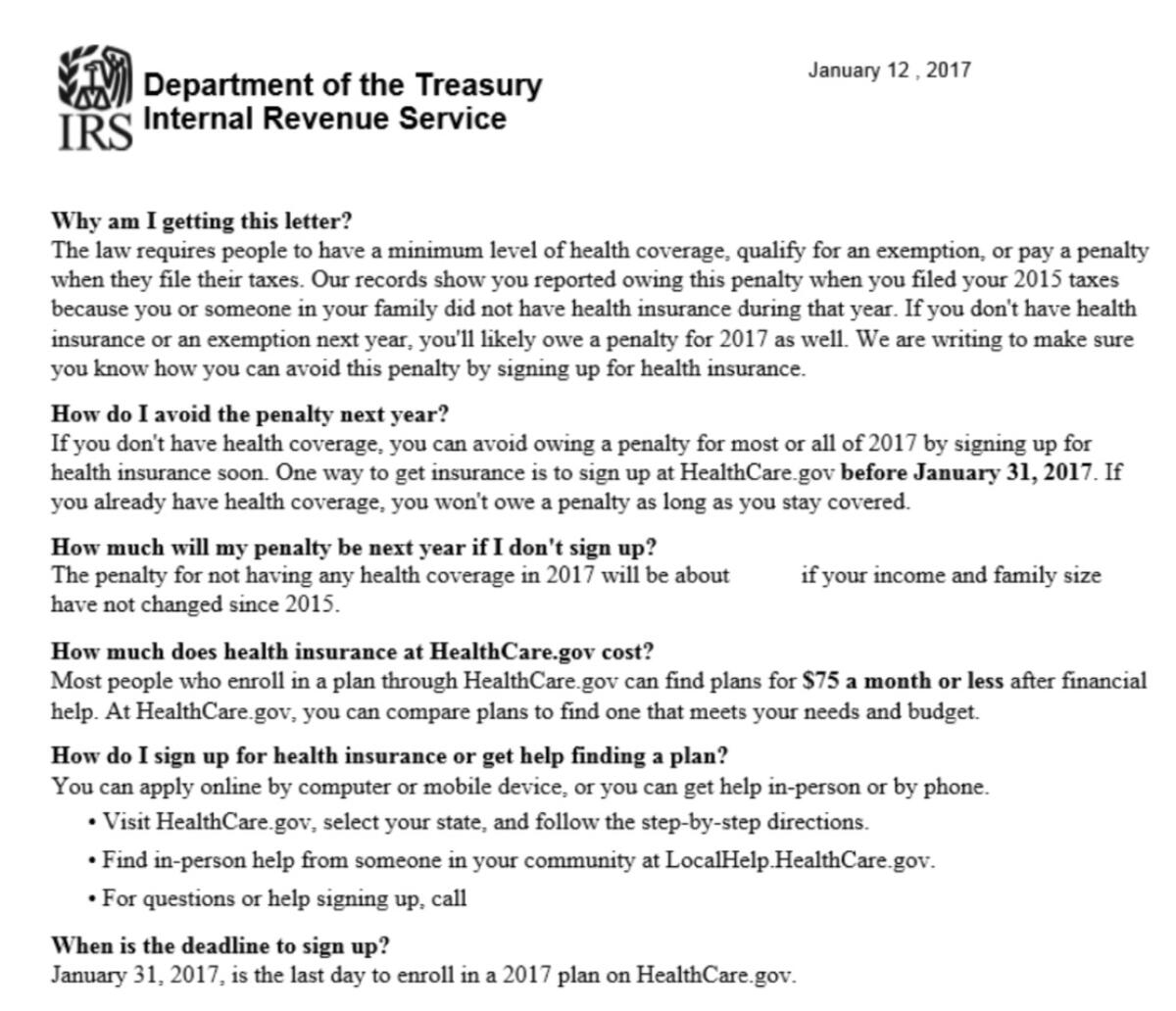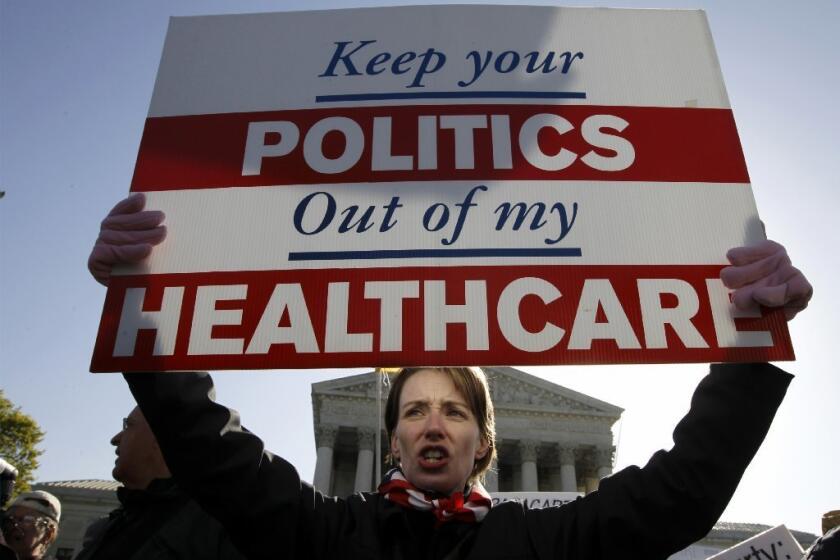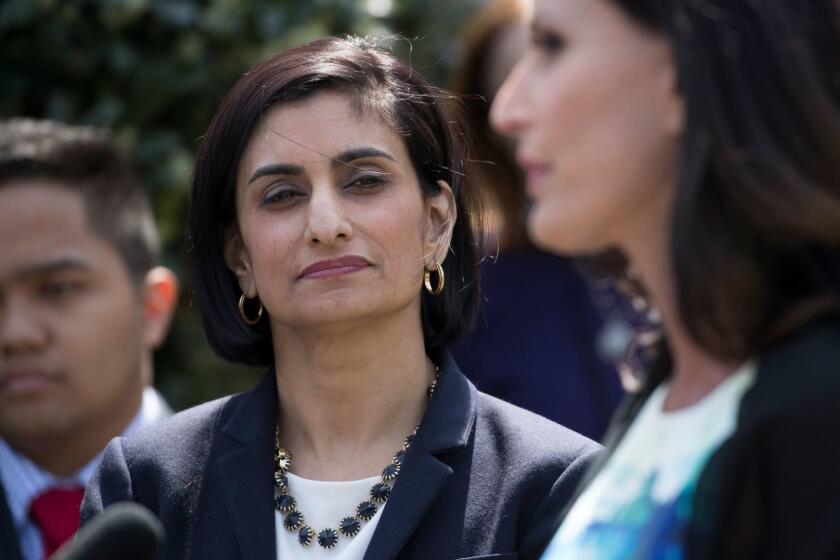Column: Obamacare study proves that having health insurance reduces U.S. death rates

The relentless conservative attack on the Affordable Care Act has been based on two deeply-held beliefs: That the individual mandate didn’t prompt people to buy health insurance, and that having coverage does nothing to make people healthier.
A new study conducted by a Stanford University researcher with the help of the Internal Revenue Service explodes both notions. It found that Americans who failed to respond to the individual mandate penalty when it was in effect (through 2018), tended to sign up for coverage when they were reminded about it; and that among those who did sign up, mortality rates fell.
There has been a cottage industry arguing that the public paying for health care is buying no health.
— David Anderson, Duke University
The study is significant for two reasons. First, it undercuts Republican actions that led to the elimination of the penalty by the 2017 tax cut bill, effective in January 2019, while supporting legislation in California, two other states and the District of Columbia that reinstates the penalty within their borders.
Second, it’s the most statistically valid study showing that mortality rates are lower for people with coverage. Indeed, the study found that among those 49 to 64 years old, acquiring health insurance showed up in lower death rates within a year or two.
As David Anderson, the health insurance expert at Duke University, notes, “There has been a cottage industry arguing that the public paying for health care is buying no health.” Until now, however, there had been no good randomized study showing the contrary. Now there’s proof that “being able to pay for health care leads to better health.”
These findings underscore the folly and cynicism of the systematic hollowing-out of outreach programs for the ACA under Trump. In 2017, the federal budget for such outreach was $100 million; Trump cut it to $10 million in 2018.
The late Uwe Reinhardt, in a final, posthumous book, explains everything you need to know about our dysfunctional healthcare system.
Some states have taken up the slack — in California, outreach spending for Covered California, the state’s ACA exchange, was $111 million in 2018. The effort shows: Exchange enrollments have been declining in states where it’s managed by the federal government, but remain stronger in California and other states that have taken the matter in hand.
More to the point, Covered California estimated that by keeping younger and healthier enrollees in the statewide risk pool, the outreach “likely lowered premiums by 6 percent to 8 percent.”
The new study, led by Jacob Goldin of Stanford Law School, was resourceful. It used data from an IRS initiative to send letters to 3.9 million households that had incurred the individual mandate penalty in 2016, reminding them of the tax penalty they faced if they failed to acquire coverage in 2017.

The letters advised them to visit the federal enrollment website, healthcare.gov, or their state’s enrollment site to investigate their coverage options. About 8.9 million individuals resided in those households, creating a large sample population.
Different forms of the letter were sent out at random. Some calculated the 2017 penalty for the recipients and others merely warned them that there would be a cost. The 2017 penalty was set at 2.5% of household adjusted gross income, or $695 per adult and $347.50 per child, whichever was greater, up to a maximum $2,085. It was the same in 2018, but cut to zero starting in 2019.
The initiative bore fruit. Those who received the letter were 1.3 percentage points more likely to enroll in coverage the following year than those in a control group who received no letter. That translates to “one additional year of coverage per 87 letters sent.”
As Duke’s Anderson observes, sending out 87 letters to achieve one enrollment is a “cheap and effective outreach effort,” especially since the rule of human inertia means that once a household signs up for coverage, it’s likely to keep it year after year.
Most striking is the study’s finding that health insurance yielded lower mortality rates for the newly insured. The study focused on the 49-64 age group, it says, because the overall mortality rate in that age range is higher than for younger people and the impact of insurance coverage statistically easier to detect.
States that failed to expand Medicaid under the ACA suffered 16,000 unnecessary deaths
The study didn’t find reduced mortality among younger people, but the study says that one fewer death occurred in the 49-64 group
for every 1,648 individuals who received a letter.
That adds measurably to our understanding of the health effects of coverage. Previous studies have been inconclusive, in part because they didn’t have the statistical power to identify the effects or focused on younger populations where the evidence was likely to be lost in statistical noise.
That’s an oft-cited flaw in the so-called Oregon study, a 2010 research project that failed to identify solid improvement in certain health metrics among a population that obtained coverage for the first time through Medicaid. As Goldin and his colleagues observe, the average age in the Oregon sample was 41, compared with 53 in the new study; gains in health outcomes therefore may have been more difficult to pinpoint in the Oregon population.
Nevertheless, the Oregon study has been cited incessantly on the right wing as proof that health insurance — especially Medicaid, a continuing target of conservative attacks — does little for one’s health.
A more recent study of Medicaid in California, where it’s known as Medi-Cal, did find that Medicaid substantially reduced in-hospital mortality for patients who gained coverage, while putting hospitals on a firmer financial footing and improving access to care, and better care, for millions of state residents.
The Stanford/IRS findings will bolster the conclusion that expanding medical coverage makes for a healthier America, and that the financial incentive to prompt enrollment actually did work.
They also point to the loose strings left from the original Obamacare rules, frayed further by Trump’s sabotage: The individual mandate penalty was too easily ignored and too low to bring everyone into the insurance pool, and we are still way too short of the ideal of coverage for everybody.









